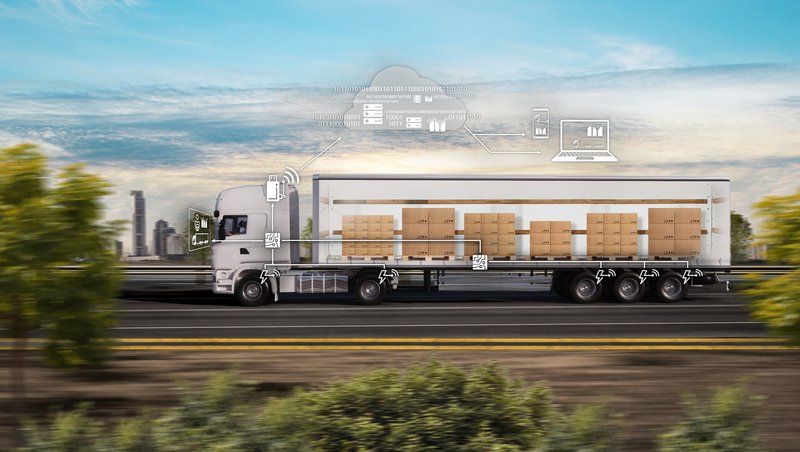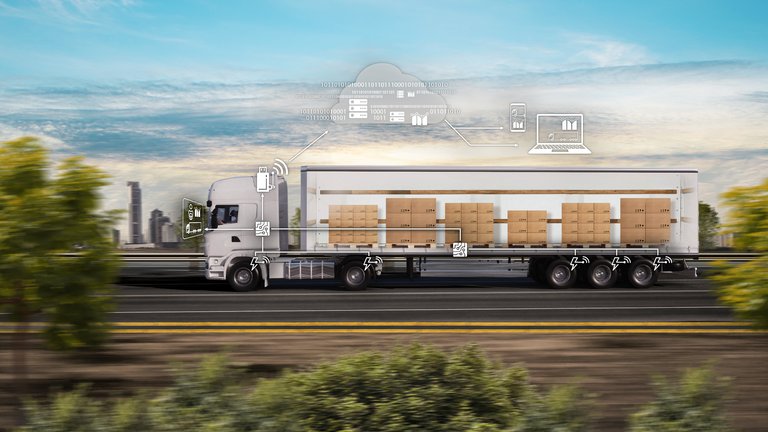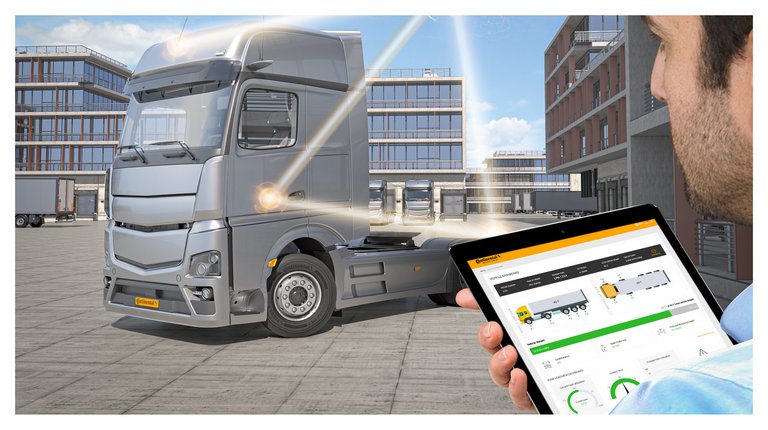Continental Develops Sensor-based Digital Load Monitoring for Commercial Vehicles
- On Board Weighing System provides useful information about a vehicle’s weight before starting a trip.
- Load monitoring enables efficient, economical and safe loading of vehicles as well as reducing empty runs.
- Data-based solution is the foundation for preventive maintenance and new business models.
Hanover, Germany, September 10, 2020. The technology company Continental has developed a high-performance and reliable On Board Weighing System (OBWS) that records and displays the weight of commercial vehicles, including trailers and semitrailers. Quick, easy, and independent from a stationary scale – before starting a trip. Further functions make it possible to increase efficiency far beyond the specifications of EU Directive 2015/719, which will go into effect in May 2021.
The directive requires EU Member States to measure the gross vehicle weight of commercial vehicles more frequently. In order to plan accordingly and prevent sanctions, drivers and fleet operators must already know the load condition of a vehicle before starting a trip. So far, this has been almost impossible and poses particular challenges for vehicles for which the semitrailer is usually provided by the forwarder.
Constant load overview
In order to meet the new requirements, most EU countries are currently relying primarily on a comprehensive, stationary solution. However, the On Board Weighing System offers added value that goes beyond the regulatory stipulations. “Even if the load is measured by sensors in the road in the future, the integrated solution will remain interesting for forwarding agents, fleet managers and drivers,” says Marc Leinemann, who is a technical project manager at Continental and involved in the development of the On Board Weighing System.
Even before a truck drives off, fleet operators and drivers can check whether the weight of the vehicle is within a safe range. Systems that determine the vehicle weight only after the start of the trip do not offer this advantage. If the weight can be determined before a trip, vehicles can be loaded more efficiently and safely as well. This reduces empty runs. The data provided also makes preventive maintenance possible. In addition, it can serve as a basis for new business models, for example with load-dependent transport tariffs.
Sensors measure the axle loads
However, the requirements of fleets vary, as there are mixed fleets consisting of vehicles with different suspensions. The experts at Continental have therefore developed various OBW solutions that take the respective customer requirements into consideration.
Chassis with air suspension are great for constantly determining the load condition of all individual axles. Continental also has tailor-made solutions for chassis with steel suspension.
For example, the technology company has developed a sensor for vehicles with air suspension, which uses ultrasound to measure the height and pressure of air springs in order to determine the axle’s load condition. On the same basis, a height sensor has been developed for shock absorbers for vehicles without air suspension. The suspension travel of the shock absorber provides information on the load condition of the respective axle. The strain sensor from Continental is also suitable for both steel and air-sprung axles. It measures the strain of the axle body and thus enables the load to be calculated. The sum of the axle loads results in the vehicle weight including the load.
A complete system from a single source
In all four cases, the data gathered is collected, forwarded and evaluated, and the results are finally displayed via the app on the driver’s smartphone or on a display in the driver’s cab. Fleet managers can also retrieve the data and optimize the utilization of their fleets. Continental offers all products and services as a complete system from a single source – from the air spring to the sensor through to data processing and software applications.
EU Directive 2015/719: background information
Vehicle weight measurement is intended to protect infrastructure and reduce the impact on the environment. Overloaded trucks not only pose an increased traffic risk, but also wear out roads and bridges. This results in maintenance costs and endangers safety on the roads due to the damage caused. At the same time, regular vehicle measurements are intended to ensure fairer competition by requiring all forwarding agents to comply with the prescribed maximum loads.

Wolfgang Reinert
Head of Media & Public Relations
ContiTech

Sébastien Bonset
Media & PR Manager, Media Coordination APAC
ContiTech


